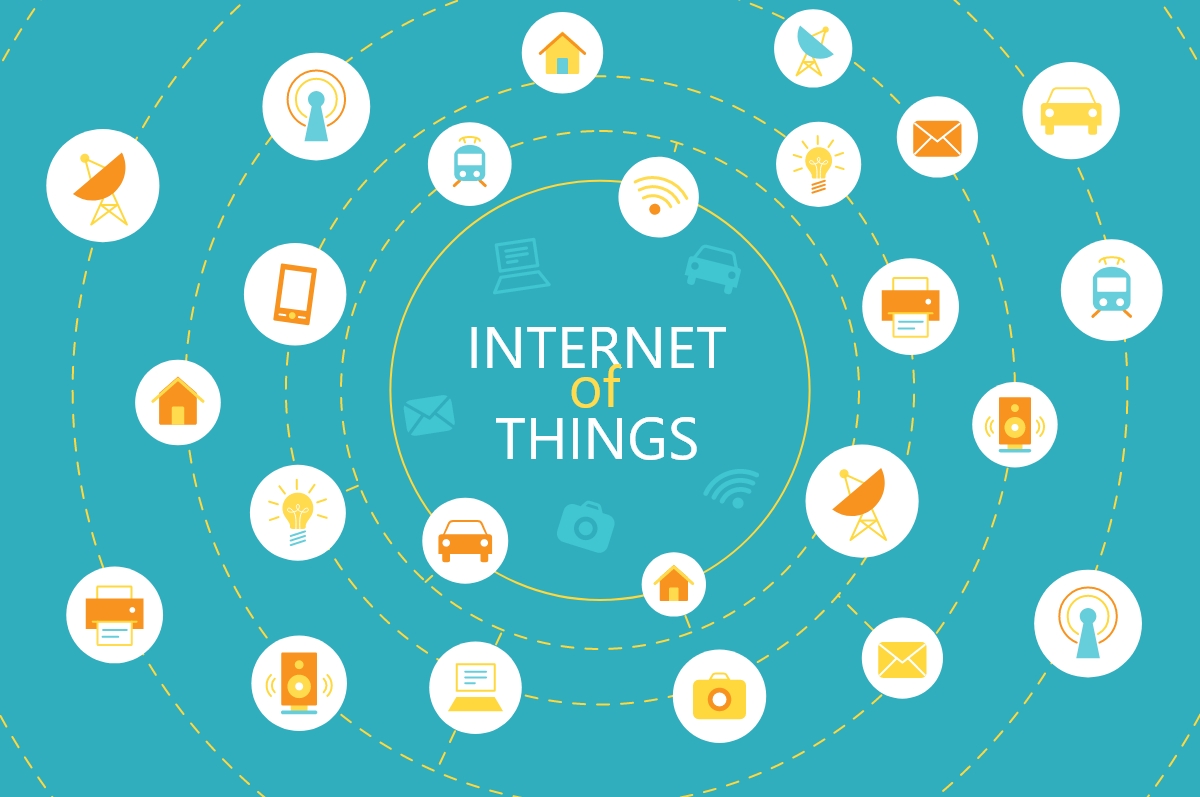IoT has created a bridge between the physical world and the virtual world. With all conviction, we can expect IoT as an indispensable part of our lives. However, as IoT implementations grow, so do the security concerns. To address these issues, establishing a secure IoT network is crucial.
And Today, being a leading IoT service provider, we are going to share how you can create a secure IoT network that will keep your connected devices as safe as possible.
Table of Contents
Steps To Create a Secure IoT Network
Let me tell you very straight that securing the IoT network doesn’t require a completely new or complex set of ideas and principles. The core lies in the best practices while designing the IoT solution.
As there are many small to big things considerably, We can say IoT security is a multi-faceted effort that requires big moves as well as small adjustments to ensure networks, data, systems, and devices are protected.
What is Security By Design?
Security by design is a practice that ensures security as a crucial consideration at all stages of product creation and deployment.
Often in the IoT developments led by speed and other priority factors, the security considerations are included late in the design and prototyping phase. That results in security breaches.
3 Keys to build an IoT architecture Secure By Design
 Implement Security by design approach at the beginning of IoT projects |  Embed trusted device ids and credentials during manufacturing. |  Lock important credentials in secure hardware containers |
Managing the security lifecycle of IoT devices

It’s important to remember that as devices and their firmware get obsolete and error-prone in time, they may become an attractive target of bad cyber actors.
Hence, it’s crucial to manage the lifecycle of security devices and cloud spectrum to reduce the attack surface. The sad part is that most of the time, robust and long-term security strategies are overlooked during IoT implementations.
Security is not a one-time activity, rather an evolving part of the IoT ecosystem that should support IoT deployments’ lifecycle in:
- Adding new devices and decommissioning others,
- Onboarding to new cloud platforms,
- Running secure software updates,
- Implementing regulated key renewals,
- Maintaining large fleets of devices.
All these activities require comprehensive management of identities, keys, and tokens.
To avoid time-consuming and expensive services in the field, IoT Security lifecycle management solutions must facilitate updates remotely while executing them across large-scale device fleets.
Now let’s see the Security concerns in two popular forms of IoT:
Tips To Secure Consumer IoT Devices

Smart speakers, domestic appliances, connected toys, and smart locks are all potentially vulnerable if not properly secured by design and during their expected lifespan.
For example, someone who owns a Google Nest Hub and other Xiaomi Mijia cameras around his home claimed that he received images from other people’s homes, randomly, when he streamed content from his camera to a Google Nest Hub.
There are many such examples where the design loopholes have caused many consumers more harm than good.
The good news is that ETSI recently announced ETSI TS 103 645, the first worldwide standard for consumer IoT security. This sets a benchmark for how to secure consumer products connected to the internet and aims to promote best practice.
Additionally, here we are going to share tips that will help you in designing a secure IoT network for your consumers and smart homes.
- Know Your Network and The Connected Devices – When we put together several devices over the internet that potentially leaves your entire network vulnerable. It’s common to lose track with an increasing number of equipped devices.
Hence it’s essential to know your network — the devices on it and the type of information they’re susceptible to disclosing.
- Assess the IoT Devices on Your Network
First, know which devices are connected to your network, audit your devices to understand their security posture. While selecting devices check for newer models with stronger security features, etc. Further, before making a purchase, read up to understand how much of a priority, security is, for that brand.
- Input Strong Passwords to Protect Your Devices and Accounts
Use strong and unique passwords that will assist you in securing all your accounts and devices. Get rid off the common passwords like “admin” or “password123.” Make use of a password manager, if needed, to keep track of all your passwords. At the same time ensure that you and your employees don’t use the same passwords across multiple accounts and be sure to change them periodically. - Choose a Separate Network for Your Smart Devices
Separating networks is a smart way to protect your smart devices in the IoT network. With network segmentation, even if attackers discover a way into your smart devices, they can’t access your business data or sniff on that bank transfer you did from your personal laptop. - Reconfigure Your Default Device Settings
Usually when we receive our smart devices they are packed with default insecure settings. And things become worse if we do not modify their configurations. As weak default credentials, intrusive features, ports and permissions need to be assessed and reconfigured as per your requirements. - Install Firewalls and Other IoT Security Solutions to Identify Vulnerabilities
To safeguard your Smart homes and other consumer IoT networks block unauthorized traffic over the wire through firewalls. At the same time run intrusion detection systems/intrusion prevention systems (IDS/IPS) to monitor and analyze network traffic.
This is where you can use an automated scanner to uncover security weaknesses within your network infrastructure. Use a scanner to identify open ports and review the network services that are running.
Now let’s check out the key steps to protect your enterprise network against modern security threats.
24 Game-Changing IoT Innovations Transforming Our Daily Lives
Steps To Protect Your Enterprise IoT Network

We have seen many manufacturing industries adopting IoT and growing. However many aren’t serious enterprise security, that’s a mistake. Because we have seen that In 2018, 21% of companies reported a data breach or cyberattack due to insecure IoT devices. So do not let that happened with you and follow the steps below to protect your enterprise IoT network:
Step 1: Be alert of the risk
As IoT is relatively new as compared to IT, hence some of the threats are newer and not as widely used, and make companies reluctant. But we forget that IoT security is like buying insurance. We think we won’t ever have to use it, but the odds are, we might.
So it’s better to realize that with a lot of connected devices in use, we might have vulnerabilities that need to be minimized and fixed.
Step 2: Design a Secure network architecture
The Ponemon study found that less than 10% of organizations are confident they know about all of the printers, cameras, and building automation systems on their networks that are connected to the Internet.
Hence, it’s essential to carefully design your network architecture. And protect your devices from the network, and further protect your network from the devices.
Step 3: Observe Your Suppliers and Vendors
Attackers are smart today, they may target you through the suppliers and vendors. So do not underestimate the vulnerability that comes along with companies you connect with.
It’s a better practice to include the security practices as part of your vendor risk management process.
Step 4: Practice For the Data Breach
You must prepare for an IoT data breach the same way you prepare for disasters like fire, earthquake, or other. Make a plan, have a regular drill, and keep the plan updated. It’s good to have regular exercises to test your data-breach preparedness.
How will you tackle the situation If you get breached? you should have a well-documented plan for the same.
Step 5: Control what you can, and learn to live with calculated risk
It is important to realize that while you should do everything that you can do, you can’t expect to prevent everything. So learn to live with a calculated risk.
For something that’s as crucial as a backdoor into your entire network, which is really what a smart-building management company represents, you really need to keep a close eye on their security practices.
Step 6: Start now, and get ready for whatever comes next
IoT is an emerging technology that can not and should not be removed from our enterprises. Although there is a risk that comes with it like all excellent growth you need to take that risk and better prepare yourself to reduce the chances of mishappening like data breaches and others.
You know new devices are coming with each passing day, hackers are becoming more creative, and the risks are getting more profound and devastating.
So, Be aware and take proactive steps to secure your IoT network. And if you are looking for any other assistance in IoT services, do not forget to check our IoT services page. You may also reach out to us at info@hashstudioz.com.

